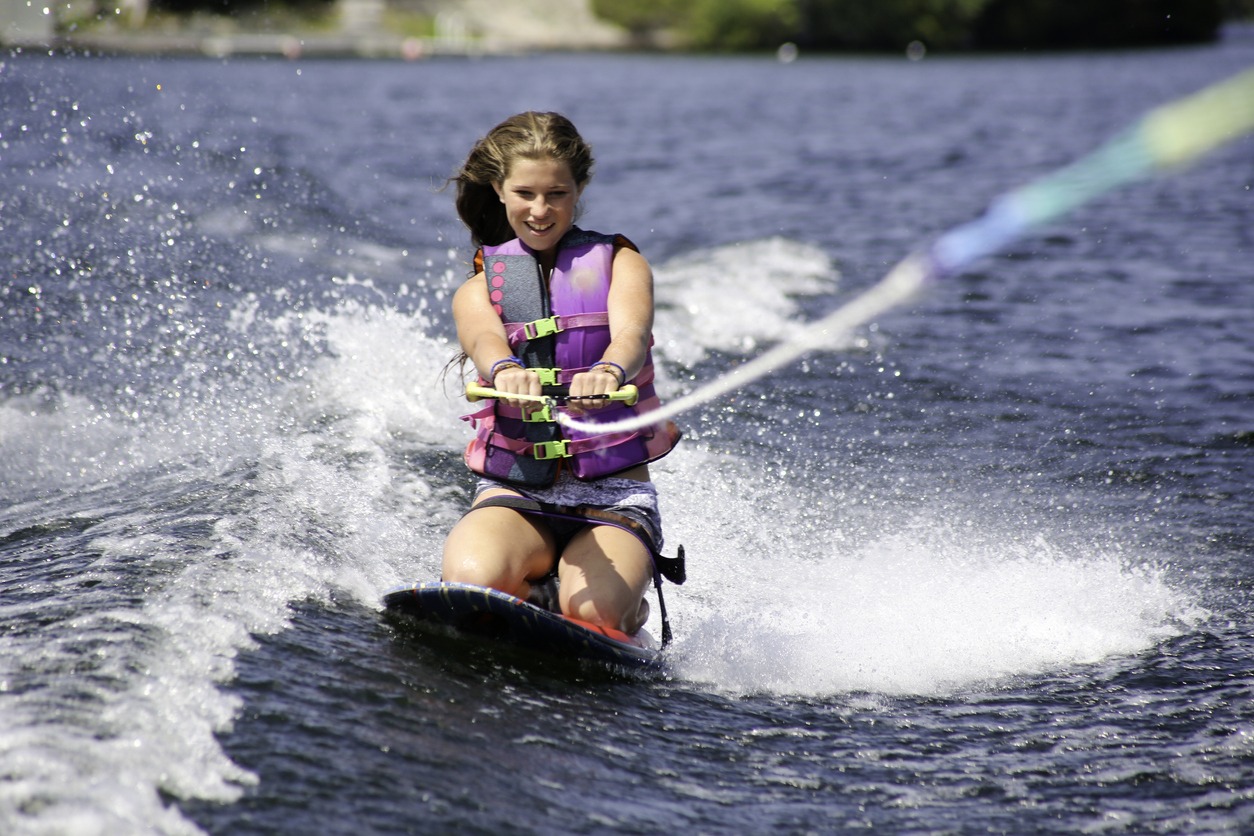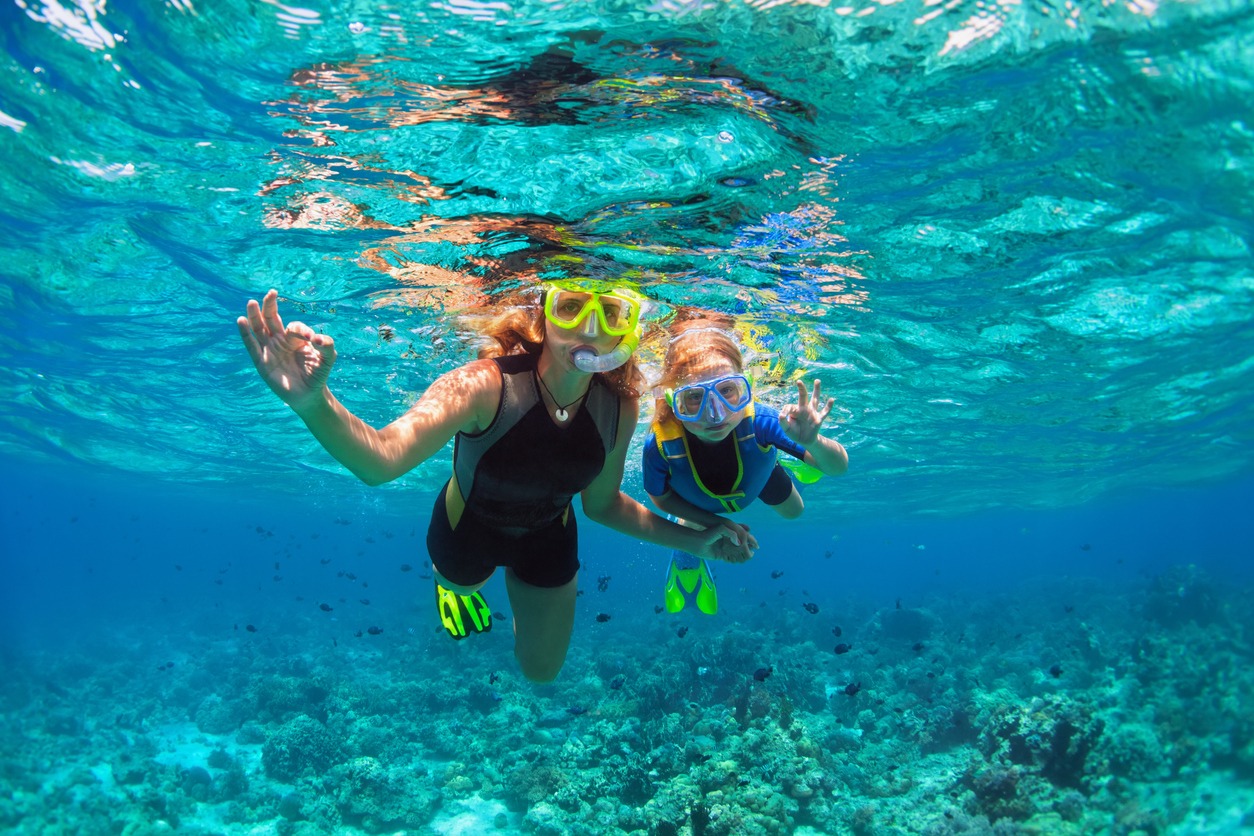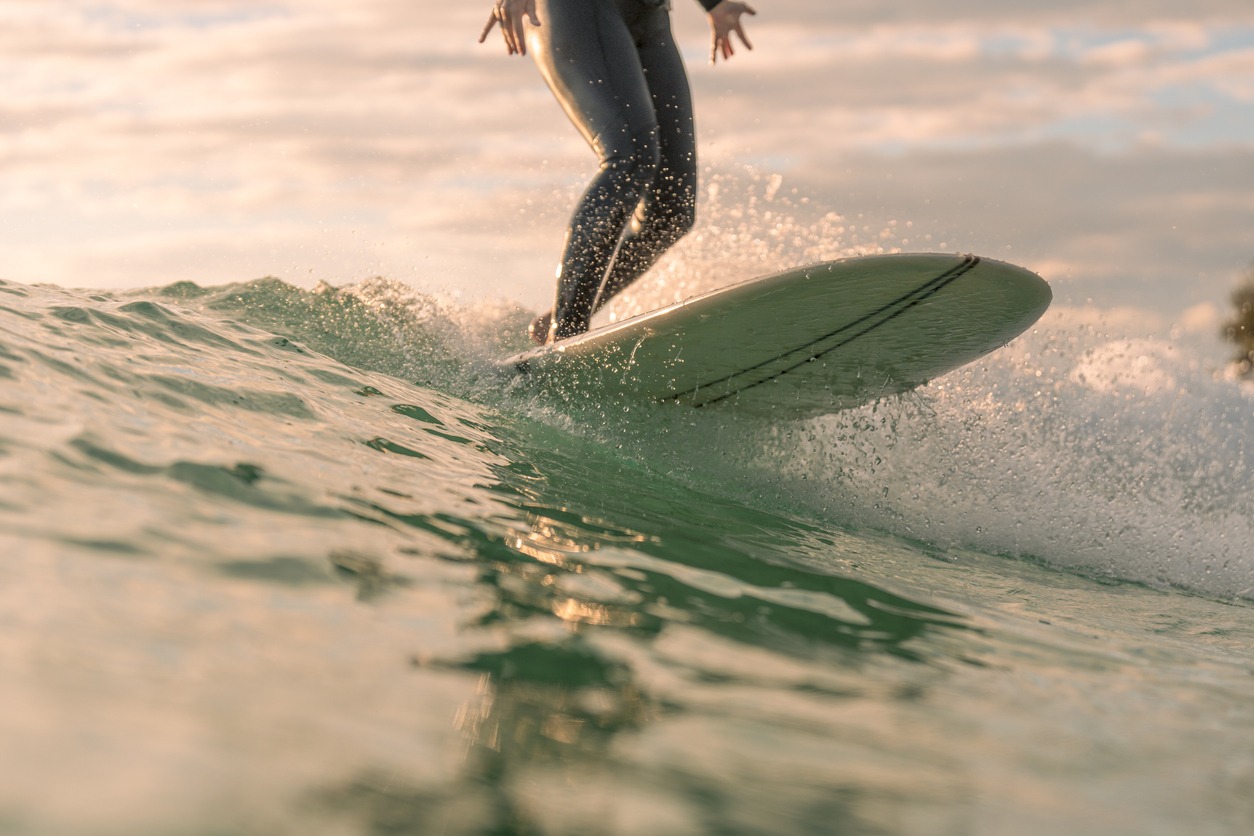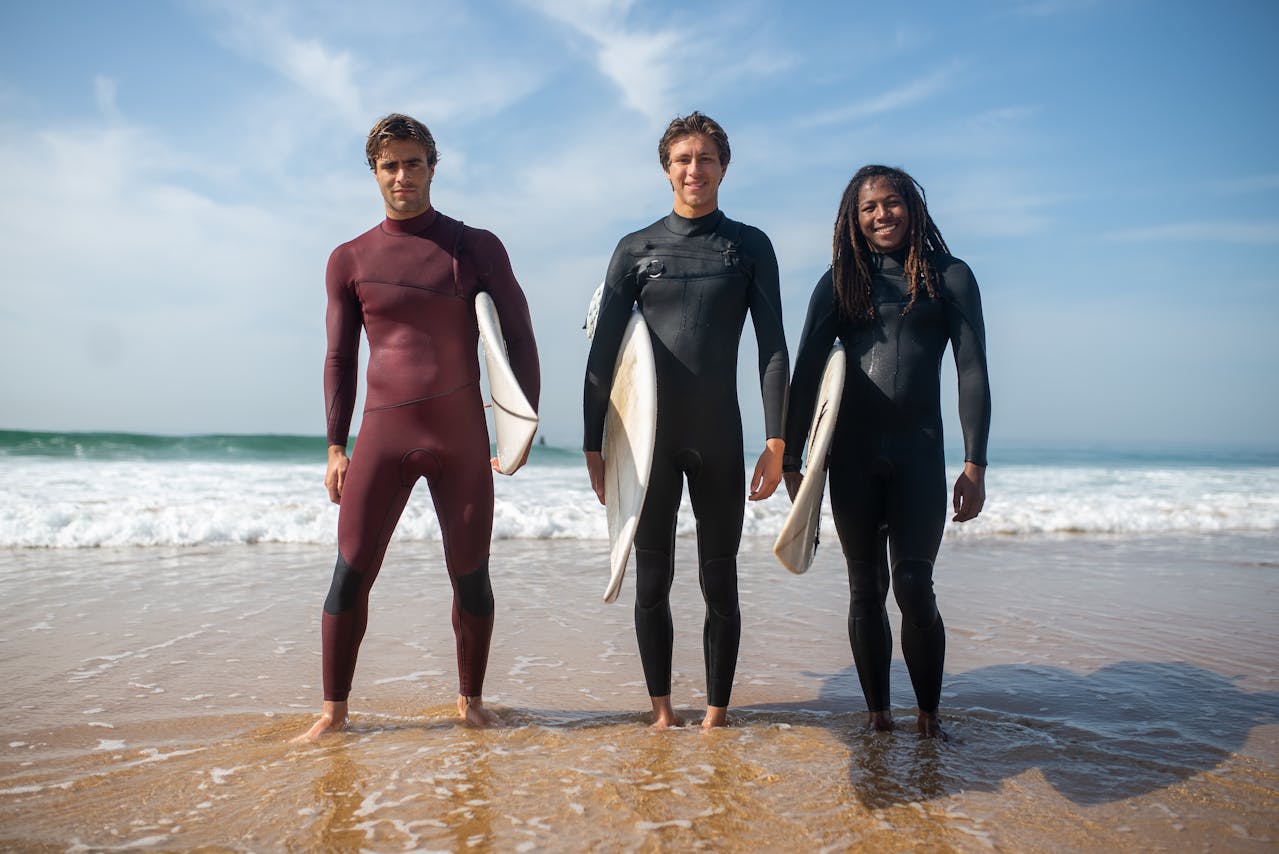What Is Wing Foiling? a Beginner’S Guide to This Exciting Water Sport
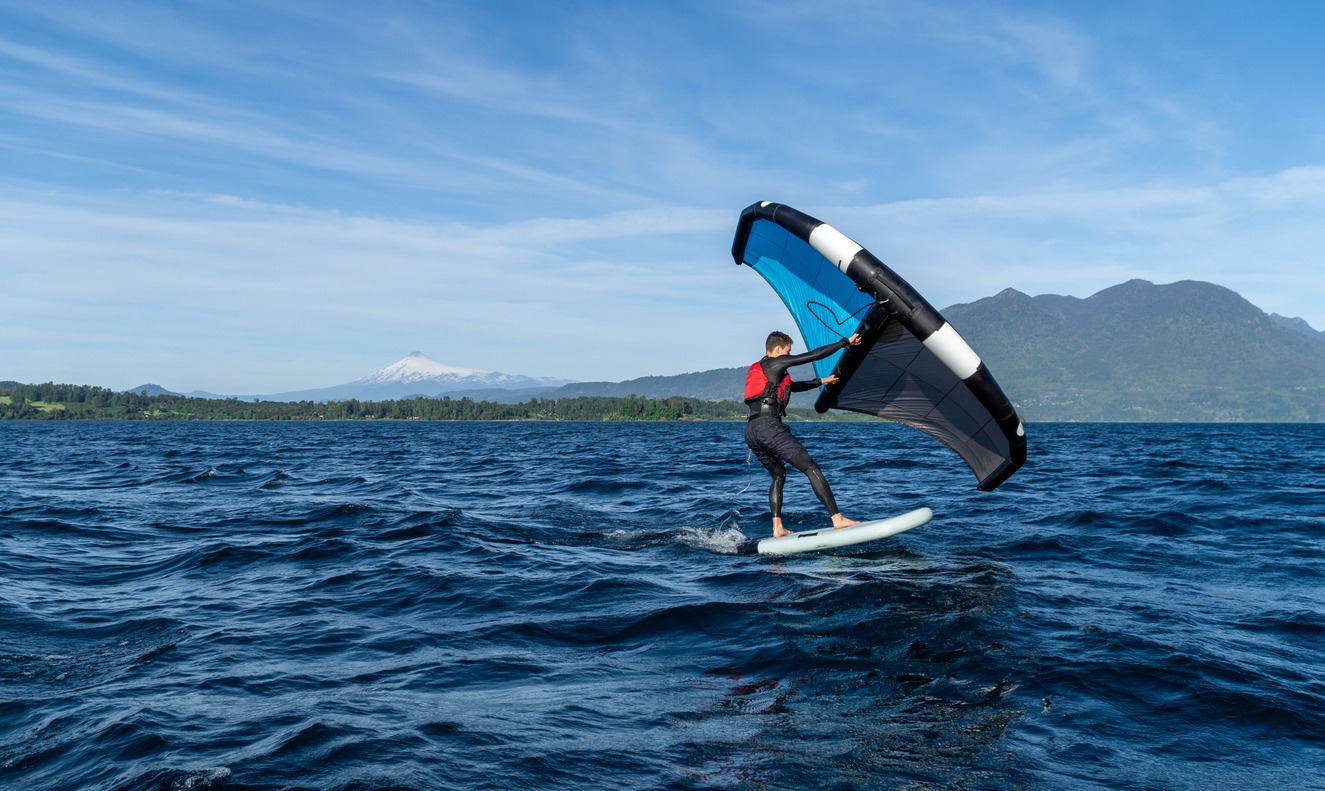
Wing foiling is an exhilarating water sport that combines elements of surfing, windsurfing, and kiteboarding. You'll use a hydrofoil board and handheld wing to glide above the water's surface. As a beginner, you'll start with a larger board and mid-sized wing for stability. Practice on land first, then progress to calm waters with steady winds. Essential gear includes the wing, foil board, and hydrofoil, along with safety equipment like a helmet and impact vest. You'll learn to control the wing, balance on the board, and eventually incorporate the foil. With persistence and proper technique, you'll soon be soaring across the water. Ready to take flight?
Understanding Wing Foiling Basics
Ever wondered what makes wing foiling so unique? This exciting water sport combines elements of surfing, windsurfing, and kiteboarding, offering a thrilling experience that feels like flying above the waves. You'll control wind power using a handheld inflatable wing, while a hydrofoil board creates lift to raise you above the water's surface. Wing foiling is a relatively new sport, with the first commercial wing released in 2018, and American big-wave surfer Laird Hamilton is credited with early experimentation with hydrofoil boarding in the early 2000s.
The learning process for wing foiling is gradual, starting with on-land practice before progressing to water sessions. As your skills improve, you'll introduce the hydrofoil, perfecting the art of gliding effortlessly across the water. Essential gear includes the wing (ranging from 2 to 8 meters), the foil board, and the hydrofoil itself. Don't forget safety equipment like a helmet and impact vest to protect yourself during inevitable spills.
What sets wing foiling apart is its accessibility and the unique experience it offers. With relatively low barriers to entry, you can quickly immerse yourself in this exhilarating sport. Your choice of equipment will depend on your skill level and wind conditions, allowing you to customize your experience as you progress in the sport.
Essential Gear for Beginners
Now that you understand the basics of wing foiling, let's investigate the gear you'll need to get started. The three essential components are a wing foil board, an inflatable wing sail, and a hydrofoil. As a beginner, you'll want to focus on larger, more stable boards that offer better balance and control. These beginner boards are ideal for mastering the fundamentals before progressing to smaller, high-performance advanced boards.
Diverse disciplines of standup paddleboarding can help inform your choice of wing foil board and wing sail size. Your inflatable wing sail is indispensable, with sizes ranging from 2-8 meters. You'll need to choose the right wing size based on your skill level and the wind conditions you'll be facing. The hydrofoil, attached beneath your board, creates the lift that allows you to glide above the water's surface.
Don't forget about protective gear, which is critical during the learning process. A helmet and impact vest are must-haves to guarantee your safety as you navigate this exciting new sport. As you progress and become more comfortable with wing foiling, you may find yourself adjusting your gear to match your improving skills and preferences.
Learning to Wing Foil
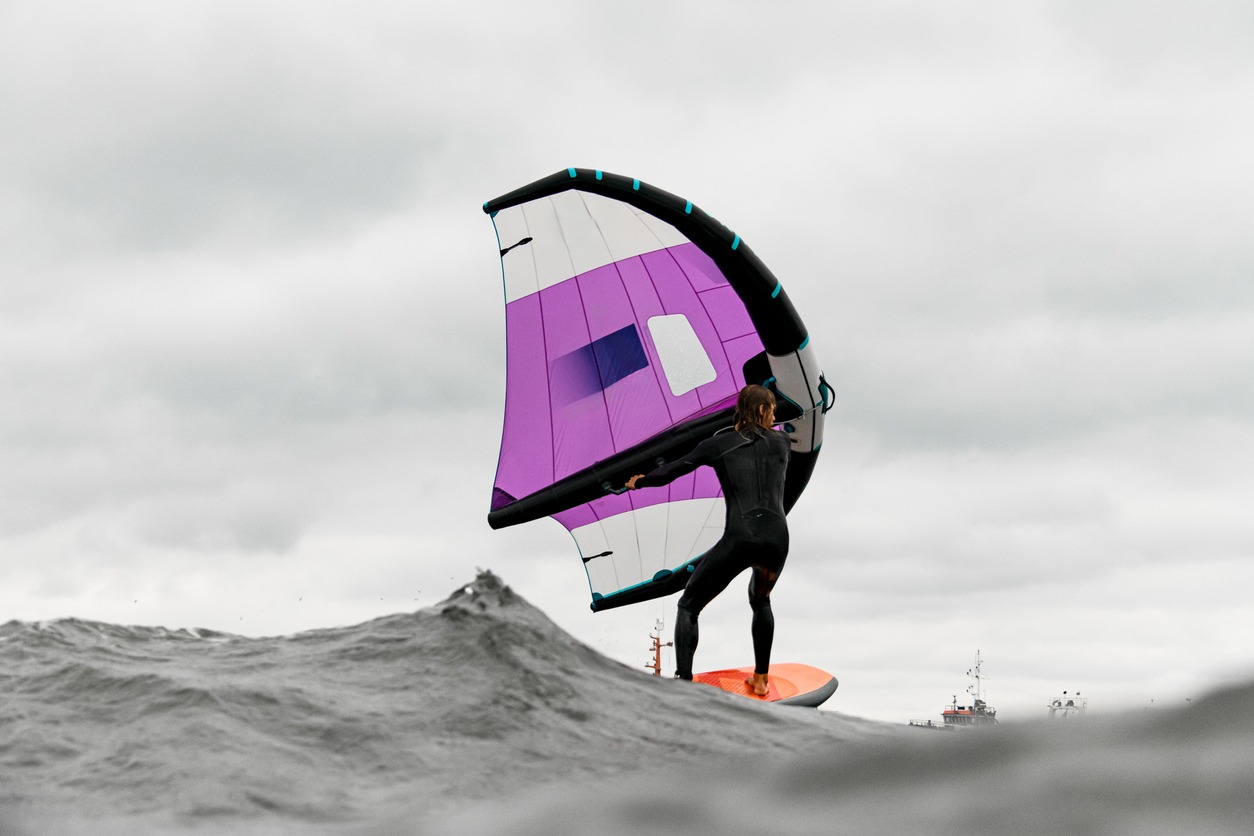
Commencing your wing foiling venture necessitates patience and a methodical approach. To begin, select a larger board and mid-sized wing for stability and manageable power. Before hitting the water, practice the basics on land. Learn how to hold, control, and maneuver the wing to build confidence with your equipment.
When you're ready to take your new gear to the water, choose calm, flat conditions with steady 10-15 knot winds. Start by kneeling on the board, gradually progressing to standing as you become more comfortable. As your skills improve, you'll incorporate the foil into your riding.
Safety is paramount in this exciting sport, so consider taking lessons or joining a wing foiling community. Experienced practitioners can teach you proper techniques and safety protocols, helping you avoid common mistakes and accelerate your learning curve.
Remember to progress at your own pace. Wing foiling is a challenging sport that requires time and practice to become adept. As you gain confidence and skill, you'll find yourself gliding effortlessly across the water, experiencing the unique thrill of combining wind power with hydrofoil technology.
Safety Precautions and Tips
Safety should always be your top priority when wing foiling. As a beginner, it's essential to wear the right protective equipment. Start by wearing a helmet to shield your head from potential impacts. Don't forget an impact vest and board leash to protect against falls and foil strikes. This safety gear is indispensable for your well-being on the water.
When learning this new skill, keep the wind behind you and the wing in front of your body. This positioning prevents the wing from blowing into your face. As you progress, move cautiously from kneeling to standing on the board. Balance can be challenging, so take your time with this step-by-step guide for beginners.
Before attempting to use the foil, make sure you're comfortable standing and sailing on a standard non-foil board. This foundation will help you manage your body weight and maintain control. For the best experience, seek professional lessons to learn proper techniques and safety protocols. Wing foiling has gained popularity in the last few years, but it's important to start on flat water and gradually build your skills. With the right equipment and knowledge, you'll be ready to enjoy this exciting water sport safely.
Advancing Your Wing Foiling Skills
Once you've conquered the basics of wing foiling, it's time to take your skills to the next level. Start by experimenting with different wing sizes and hydrofoils to find the right gear for your skill level and conditions. This will help you better control the wing and board, allowing for smoother transitions onto the foil.
As you progress, focus on developing techniques for handling the wing in various situations. Practice turning, jumping, and performing tricks to expand your repertoire. The learning curve may be steep, but with persistence, you'll soon become proficient in more advanced maneuvers.
To challenge yourself further, seek out wing foiling competitions or events. These experiences will expose you to new techniques and allow you to learn from other riders. Don't forget to invest in additional equipment like a restraint or footstraps to enhance your control and performance.

